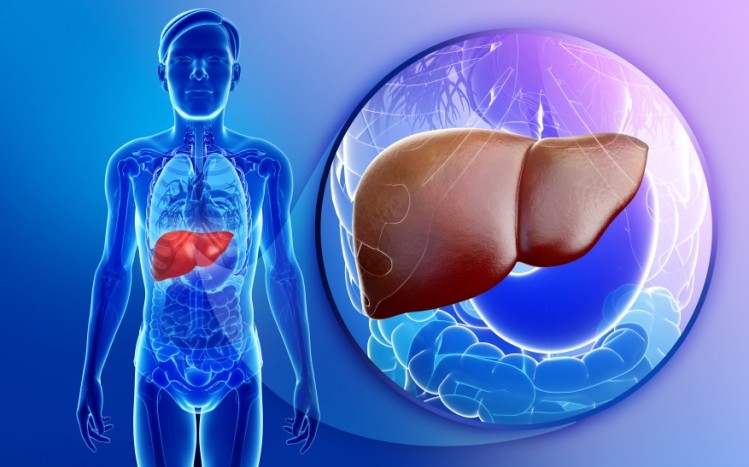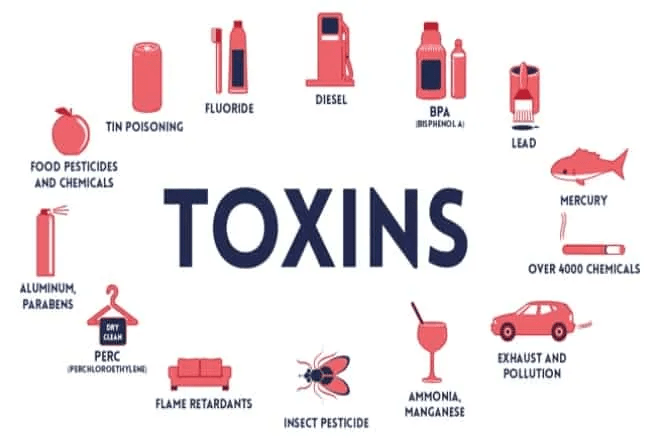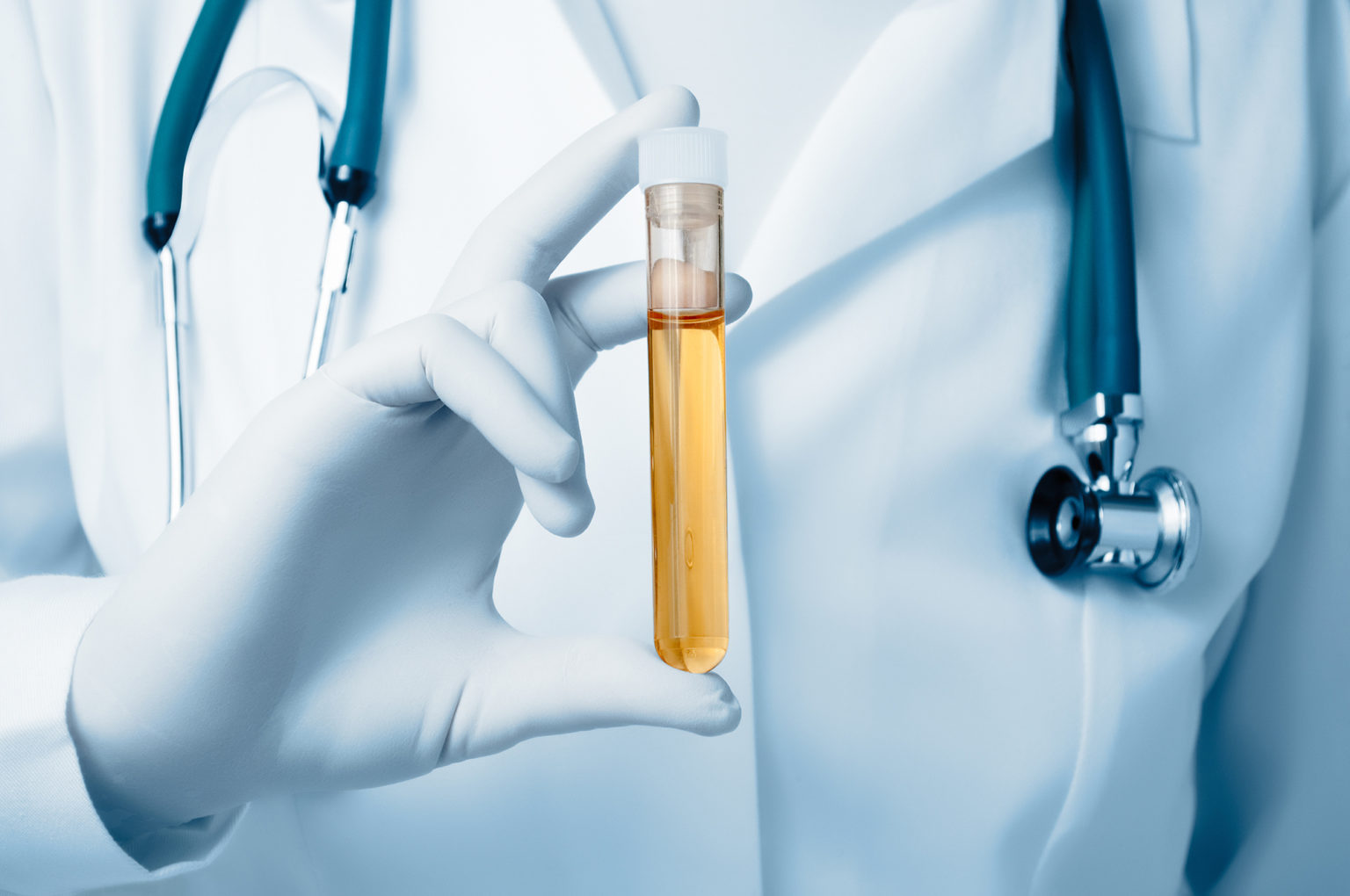
In recent posts, I have explored methods to improve individuals’ health through movement and nutrition protocols. Although such approaches are highly valuable, they do not account for another dimension known to affect homeostasis; environmental exposures (EE). Once toxins enter the body, it is essential that they are eliminated as they can create aberrations in health and longevity (Lord & Bralley, 2008). Organic acid testing (OAT) is a method to monitor EE and the body’s ability to manage such exposures. As a means of appreciating the utility of OAT, the following will consider glucarate and its relationship to liver detoxification pathways.

EE can be defined as exposing individuals to chemicals, toxins, and foreign substances that disrupt their physiology in an unfavorable manner. EE can be broken into occupational exposure, intentional use of products by consumers (e.g. cosmetics), exposure to indoor air, treated drinking water, food packaging contaminants, and urban way of life (Ciffroy, Pery, & Roth, 2016). Common EEs include pesticides, herbicides, fungicides, alcohol, and drugs. Monitoring such exposures within the body can be achieved through tracking glucarate; an organic acid biomarker found in urine (Lord & Bralley, 2008).

The liver manages toxic exposures through two steps; phase 1 and phase 2. The liver produces enzymes from its hepatocytes (liver cells) that help catalyze oxidation/reduction/hydrolysis reactions (phase 1) and/or conjugation reactions (phase 2) both of which help convert xenobiotic (foreign) substances from fat-soluble forms into water-soluble forms (Grant, 1991). Phase 1 includes addition of oxygen to form a reactive site on the toxic compound, and phase 2 (conjugation) is the process of adding a water-soluble group to said reactive site (Hodges & Minich, 2015). Once such substances are converted, they are eliminated from the body. Phase 2 also produces glucuronide; a substance used for conjugation that also generates a by-product known as glucarate (Lord & Bralley, 2008).

Glucarate is a by-product of a Phase I (oxidative reaction) that is used for Phase II (conjugation reaction). Elevations can indicate an ongoing exposure and increased need for detoxification capacity (Lord & Bralley, 2008). During the elimination process, hepatic output of glucarate is measured through urinary testing. Generally, if a phase 1 enzymes (i.e., p450 enzymes) are overactive they will produce glucarate (Lord & Bralley, 2008). Long-term exposures to xenobiotics may overburden the liver detoxification process leading to oxidative stress, high levels of p450, and a reduced capacity to fulfill phase 2 conjugation reactions (Lord & Bralley, 2008). If the liver continues to become overburdened, individuals may experience an array of symptoms including: fatigue, headaches, muscle pain, mood disorders, and poor exercise tolerance (Lord & Bralley, 2008). If one is under suspicion of EE or has the aforementioned symptoms, measuring glucarate levels can be a method of tracking, monitoring, and quantifying toxic burden.
In conclusion, it is imperative to provide a well-rounded intervention when attempting to improve individuals’ health. When integrating a movement, nutrition, and recovery (i.e., reducing environmental exposures, improving sleep) paradigm, clients are more likely to reach health and performance goals in a safe, expedited, and effective fashion.
References
Burdette, C. K., Lord, R. S., & Bralley, J. A. (2006). Assessment of biochemical and nutritional individuality through organic acid testing. Townsend Letters for Doctors and Patients, 270, 76-84.
Ciffroy, P., Pery, A. R. R., & Roth, N. (2016). Perspectives for integrating human and environmental exposure assessments. Science of the Total Environment, 568, 512-521.
Grant, D. M. (1991). Detoxification pathways in the liver. Journal of Inherited Metabolic Disease, 14(4), 421-430.
Hodges, R. E., & Minich, D. M. (2015). Modulation of metabolic detoxification
pathways using foods and food-derived components: A scientific review with clinical application. Journal of Nutrition and Metabolism.doi:10.1155/2015/760689 (Links to an external site.)
Lord, R. S., & Bralley, J. A., (2008). Clinical applications of urinary organic acids. Part 1: Detoxification markers. Alternative Medicine Review, 13(3), 205-215.
-Michael McIsaac
